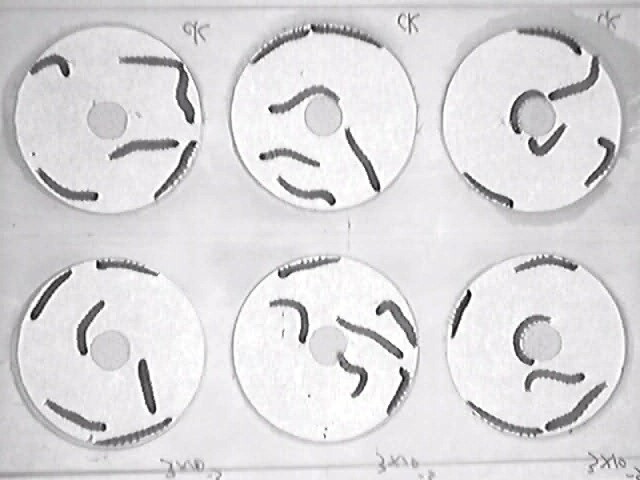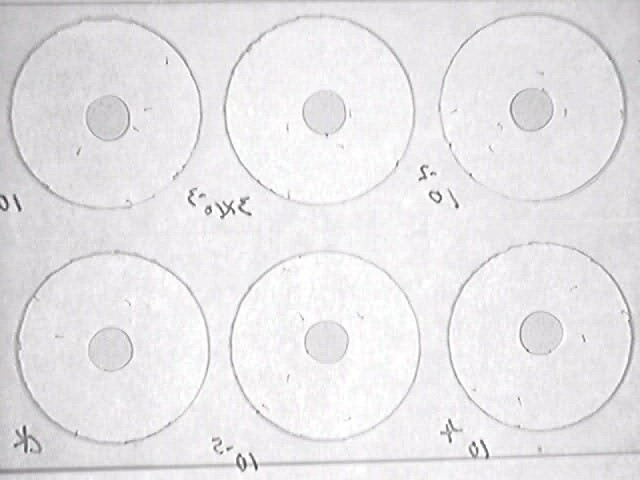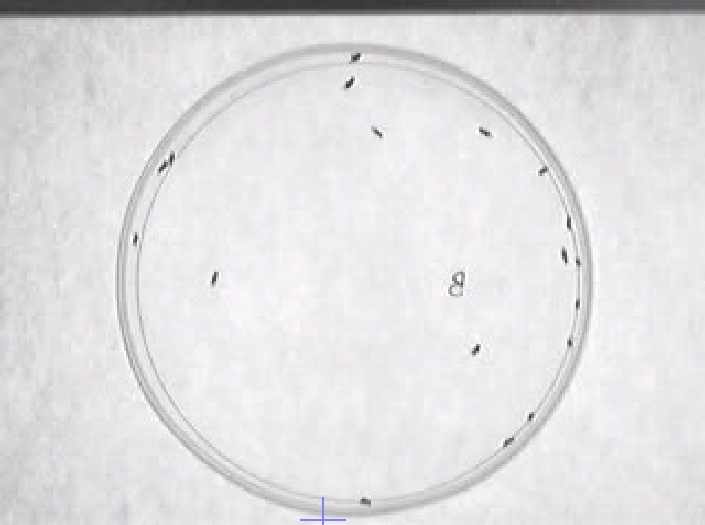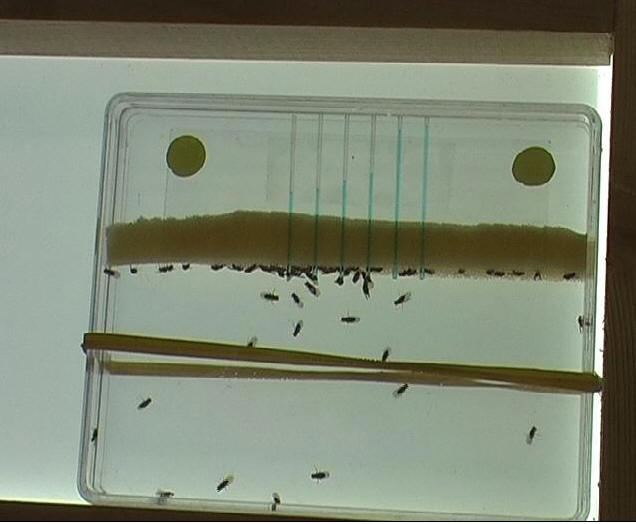European corn borer larvae


Drosophila adults
MultiCAFE


avi_contour (9.3 Mb)
extract_zone (0.5 Mb)
We want to evaluate how bitter molecules are detected by insects and how insects behave when (and after) they have encountered food that taste bitter or that is toxic.
Two basic situations are used: (1) no-choice tests where insects are given free access only to one type of food (treated or not treated) and (2) choice tests, where insects are provided a choice between to 2 food sources, one food source added with the bitter or toxic molecule, the other being not treated. From these situations, we want to know how our insects behave during the time course of an experiment, especially after they have encountered bitter or toxic food.
Videographic techniques look quite attractive to this regard, especially considering recent evolutions in the hardware, with low-cost cameras and powerful computers. One of the systems we are currently evaluating is SwisTrack, using a set of data recorded in the past years as "AVI" files, e.g. experiments we ran in 2004 with Li Ping Wen, Harry Itagaki and Andrée Berthier and Drosophila adults, concerning experiments done by Makoto Hiroi in 2005.
European corn borer larvae |
|
| Fifth instar larvae | First instar larvae |
 |
 |
| Time-lapse 15-16 06.avi (60 Mb), mask, backgnd, cfg | Time-lapse 21-22 06.avi (43 Mb), mask, backgnd, cfg |
Drosophila adults |
MultiCAFE |
 |
 |
| time-lapse avi (2 Mb) | avi_extract: (4.3 Mb);
avi_contour (9.3 Mb) extract_zone (0.5 Mb) |